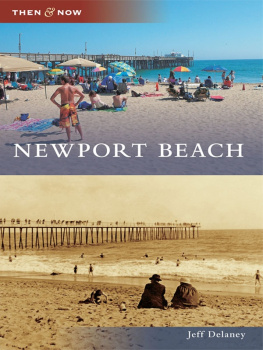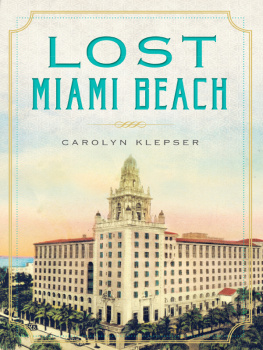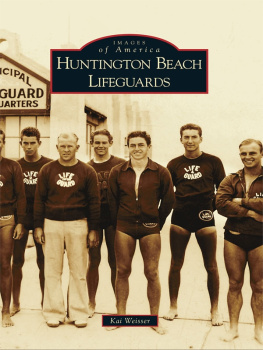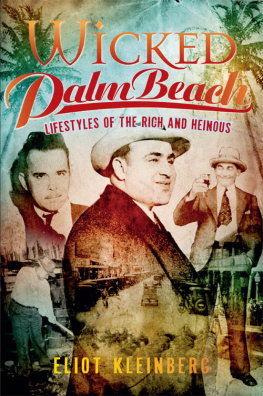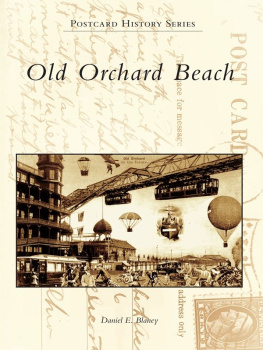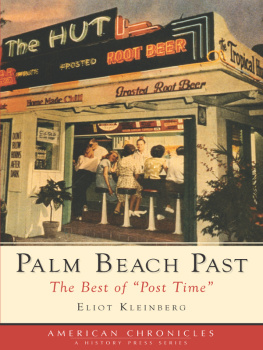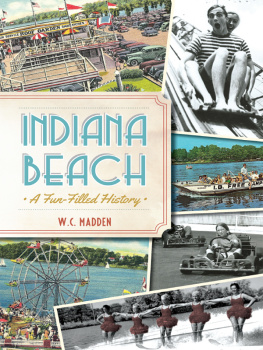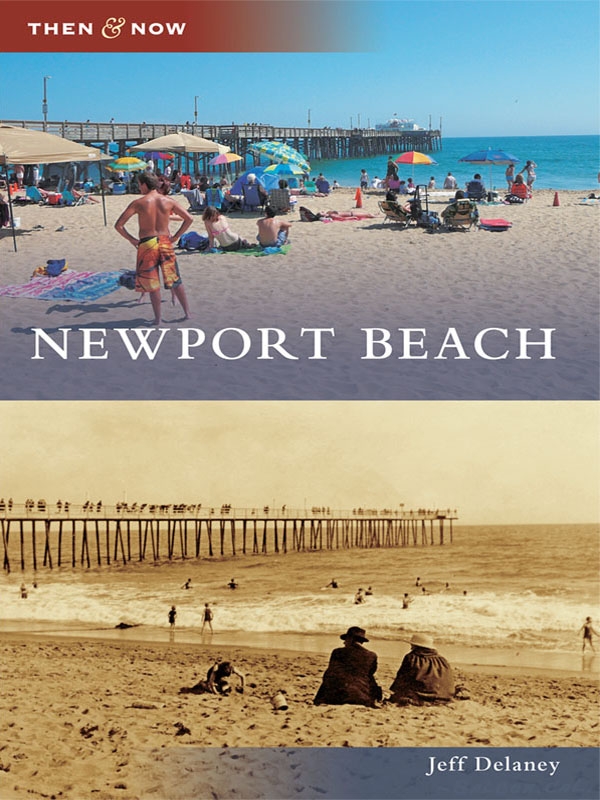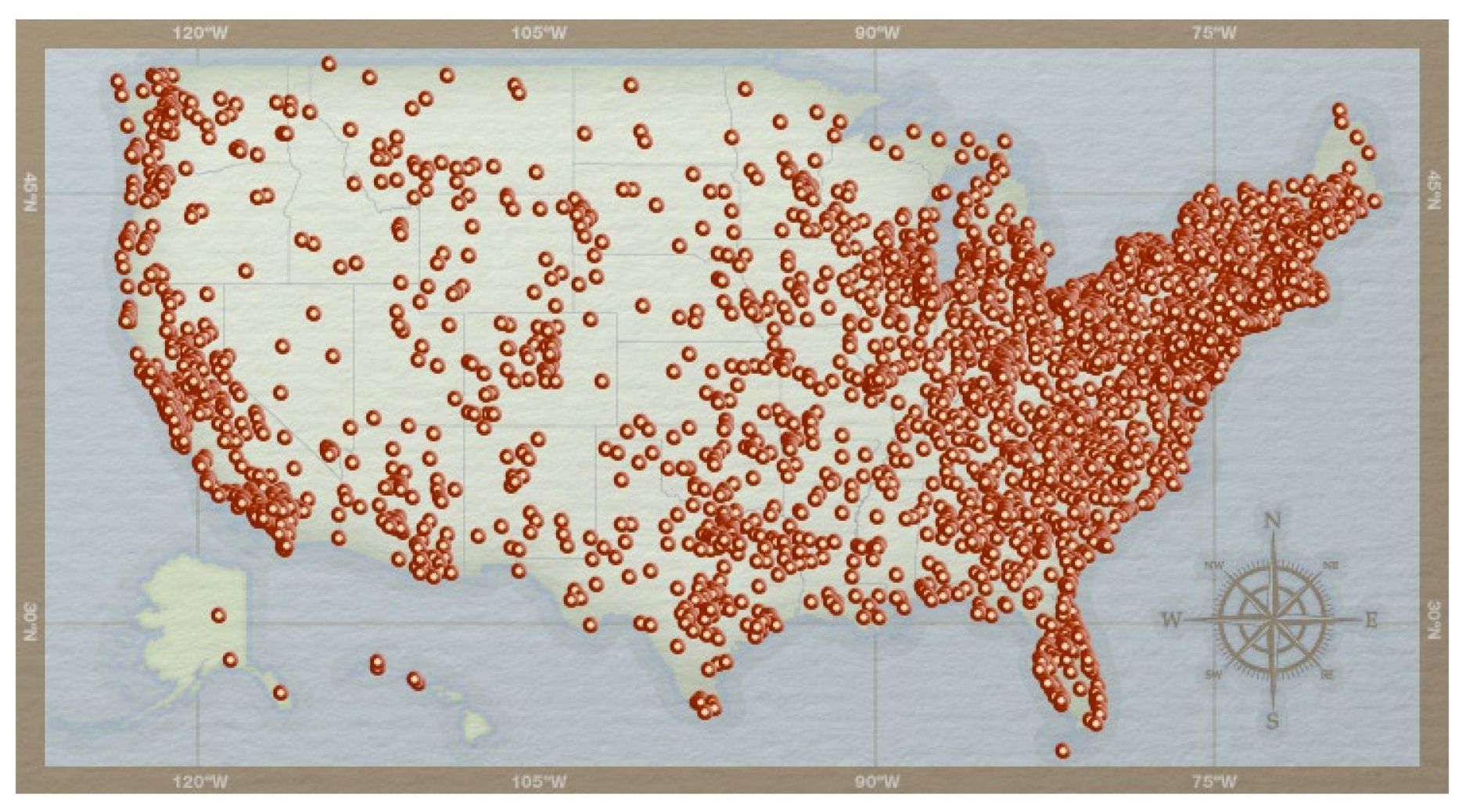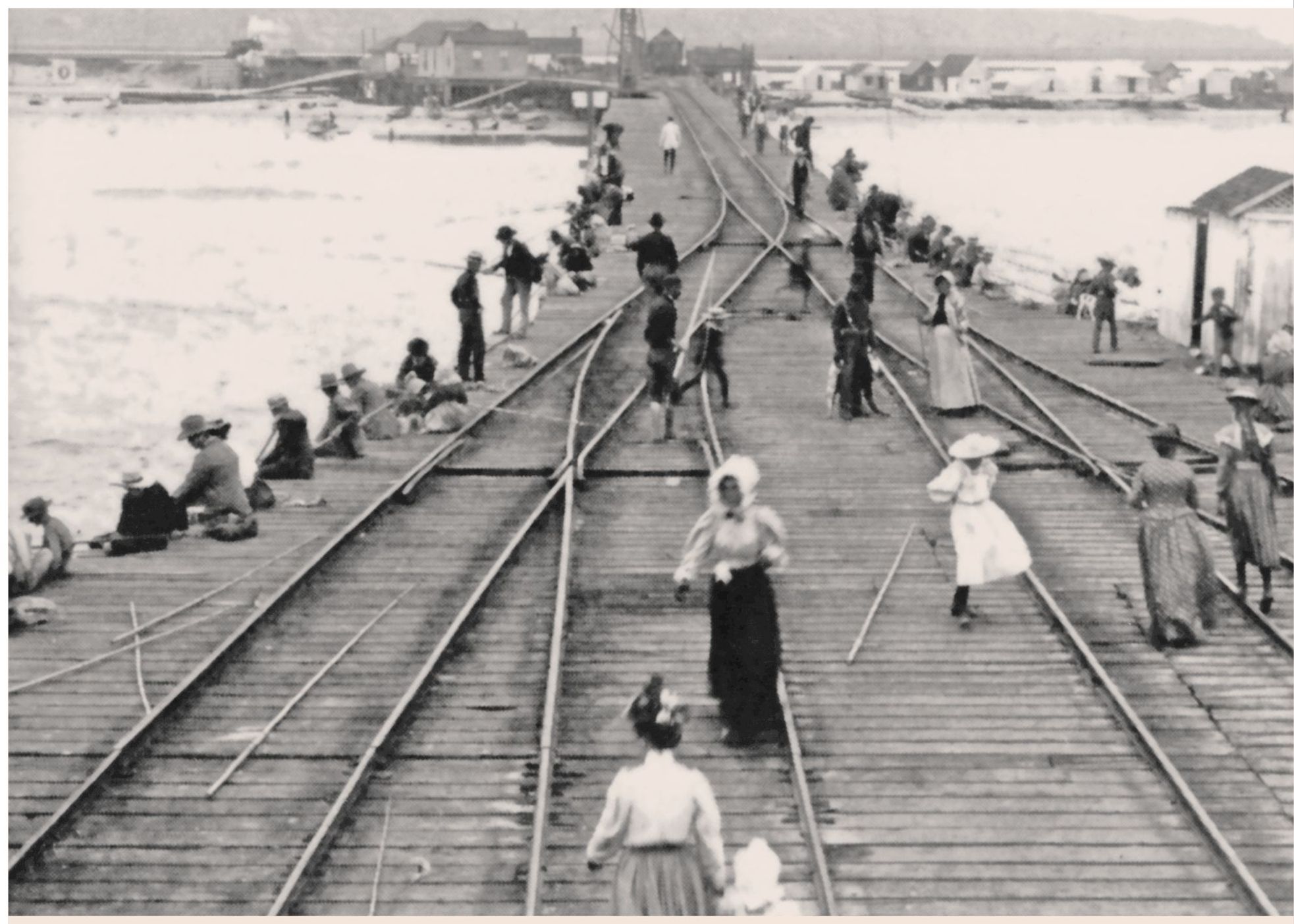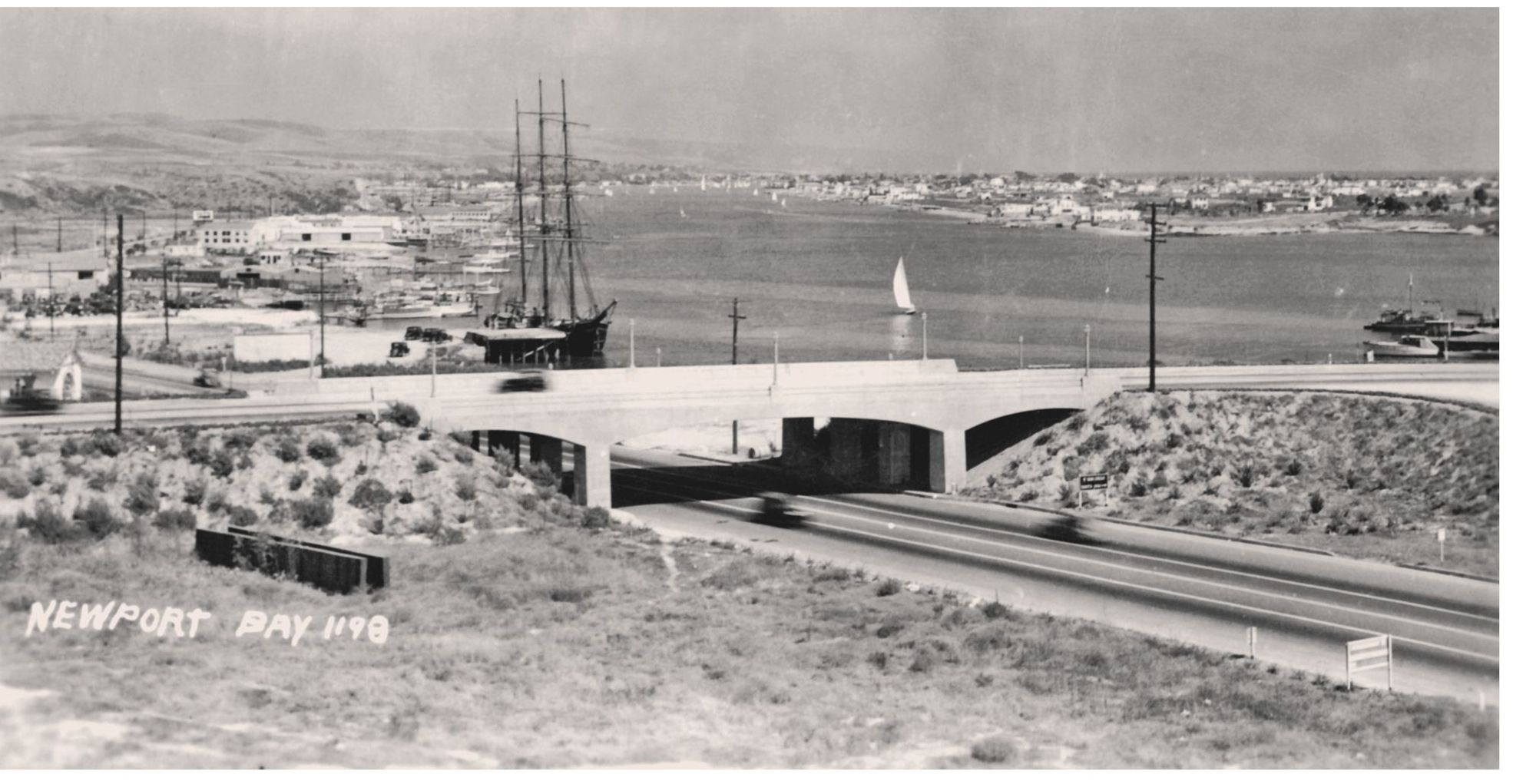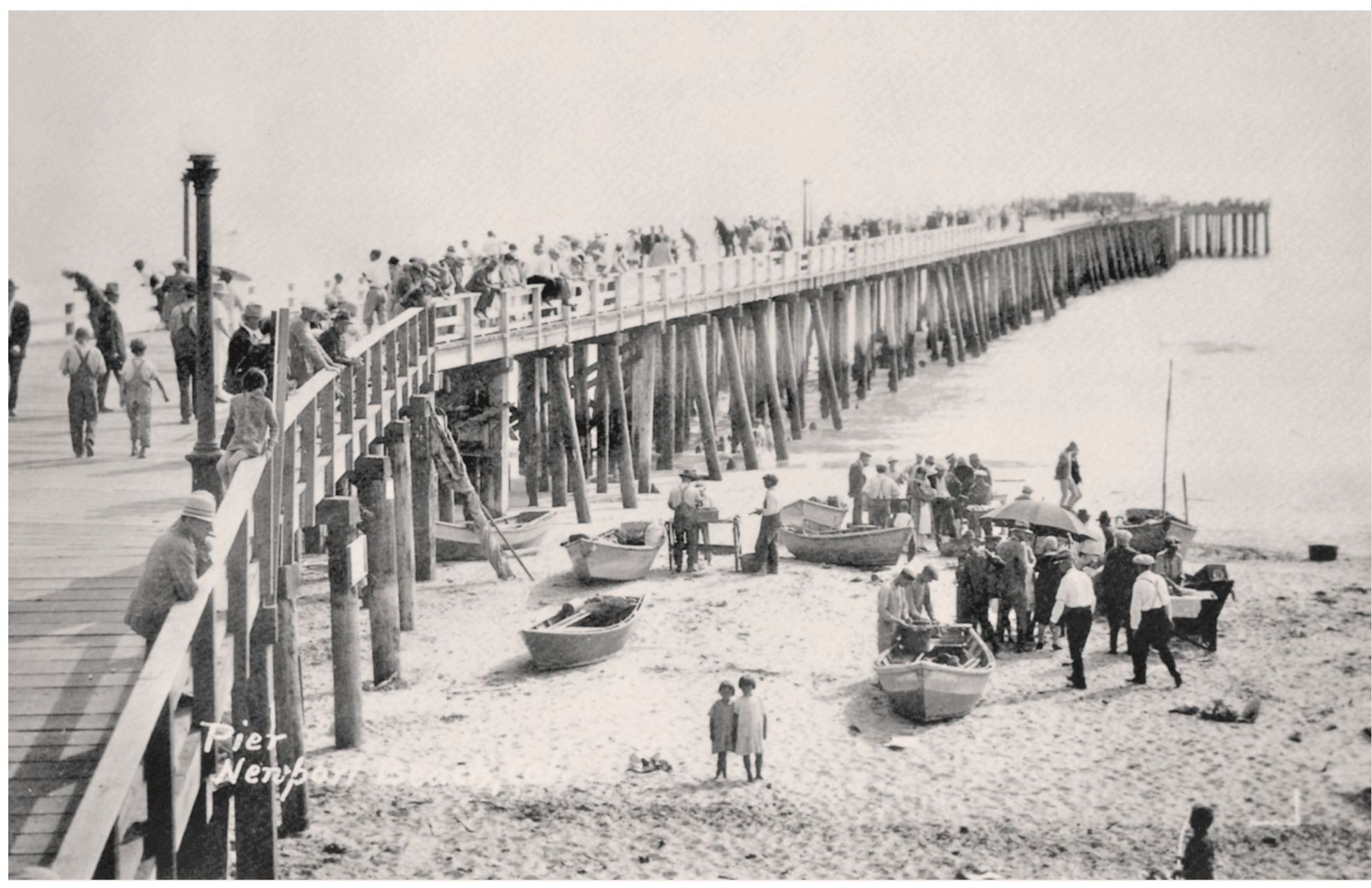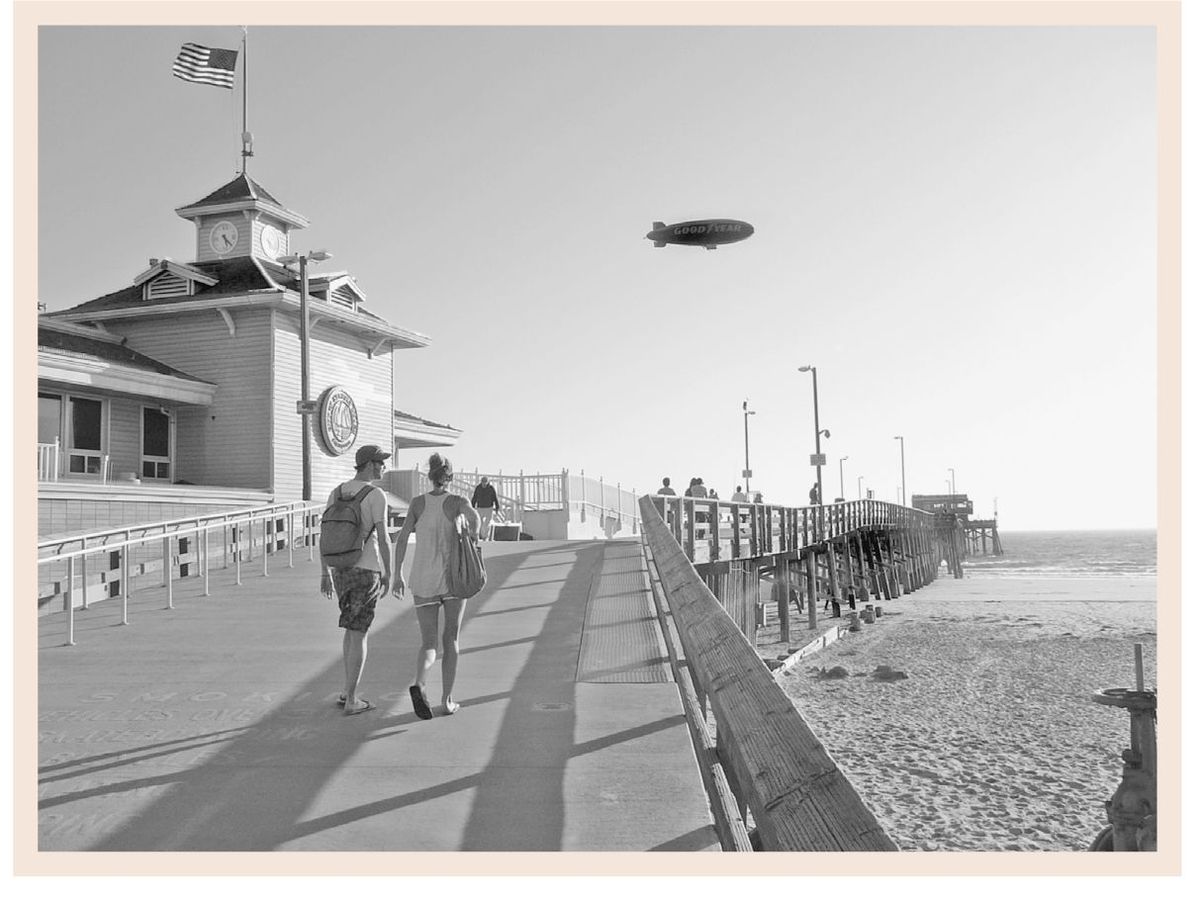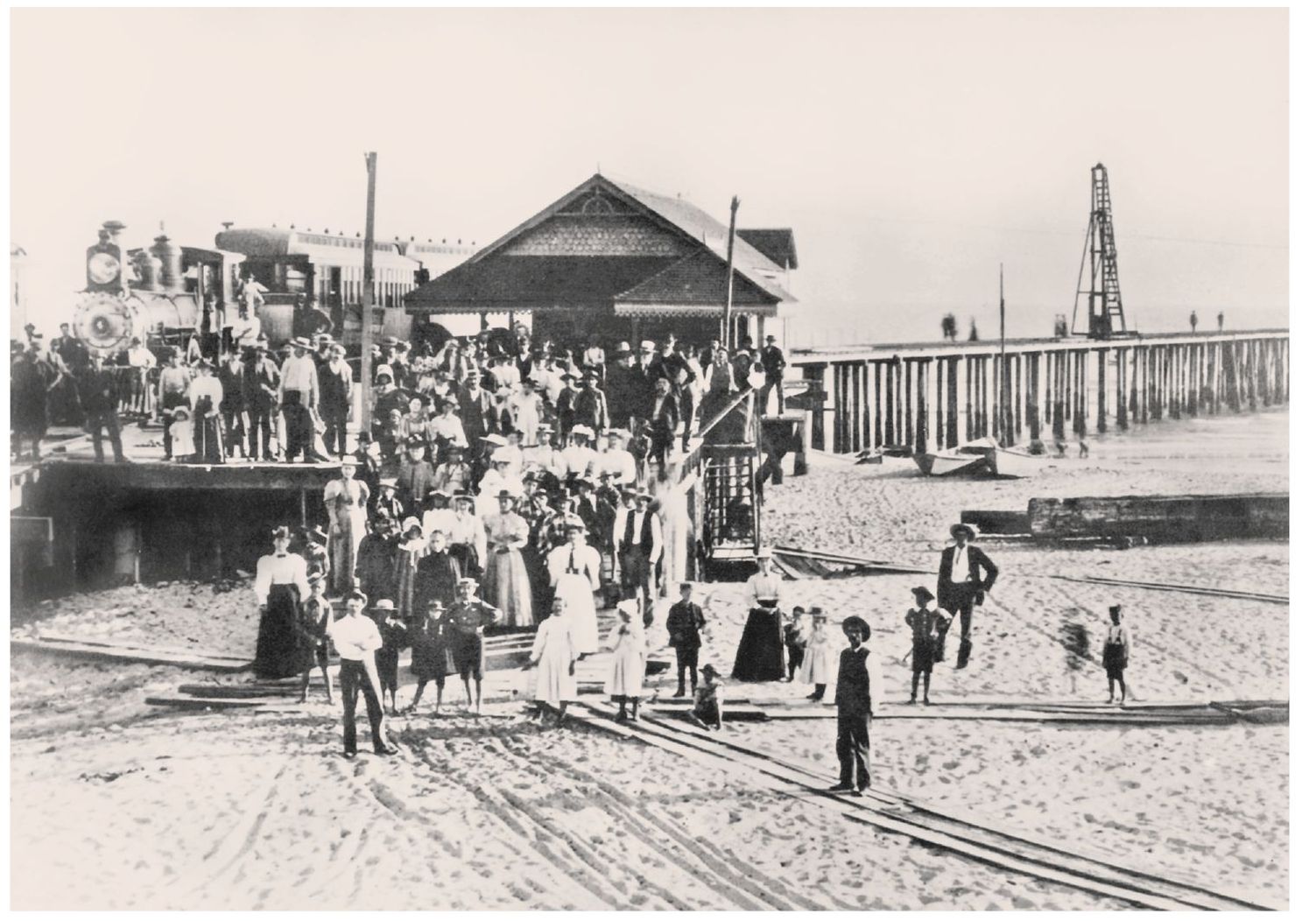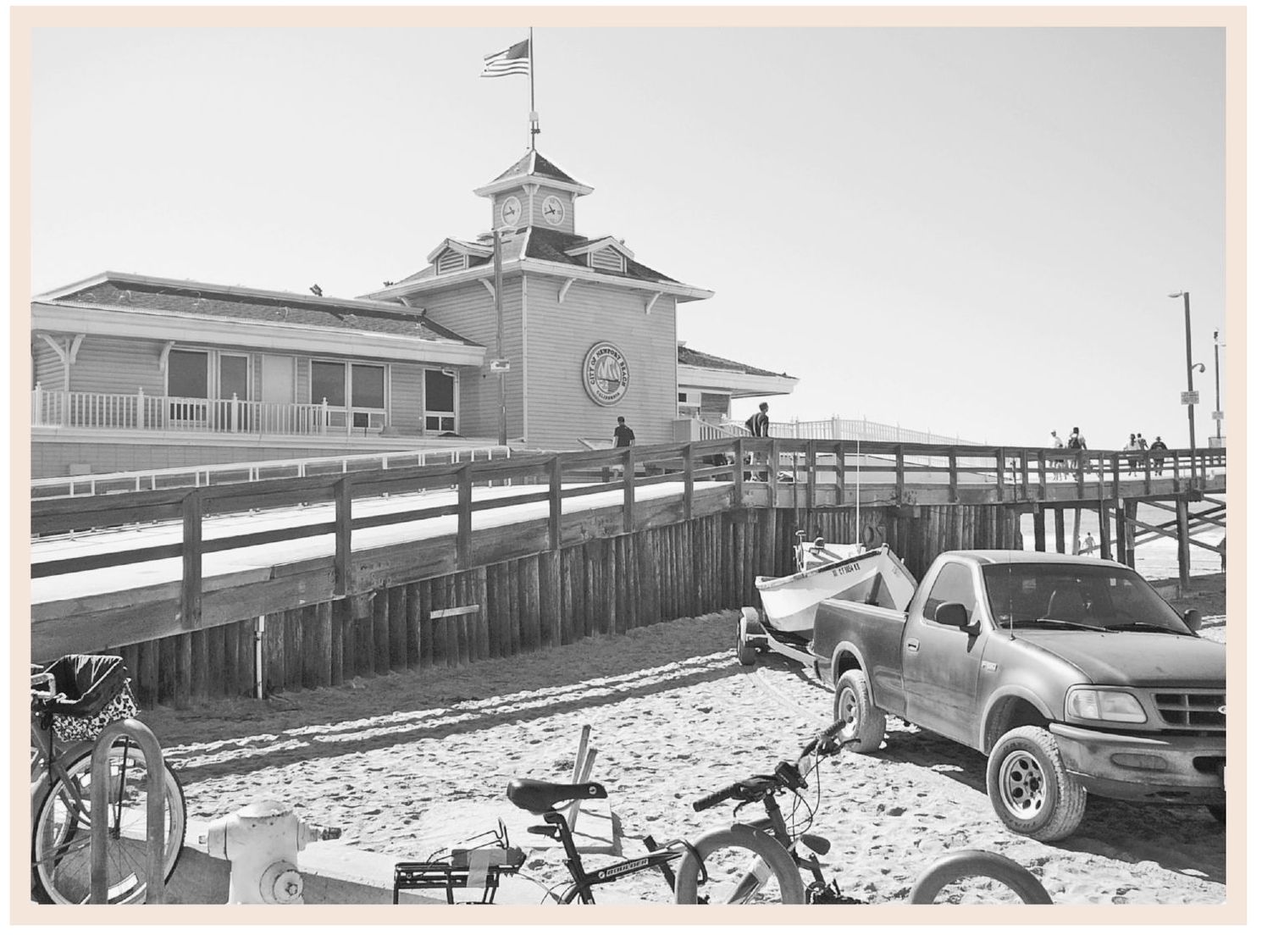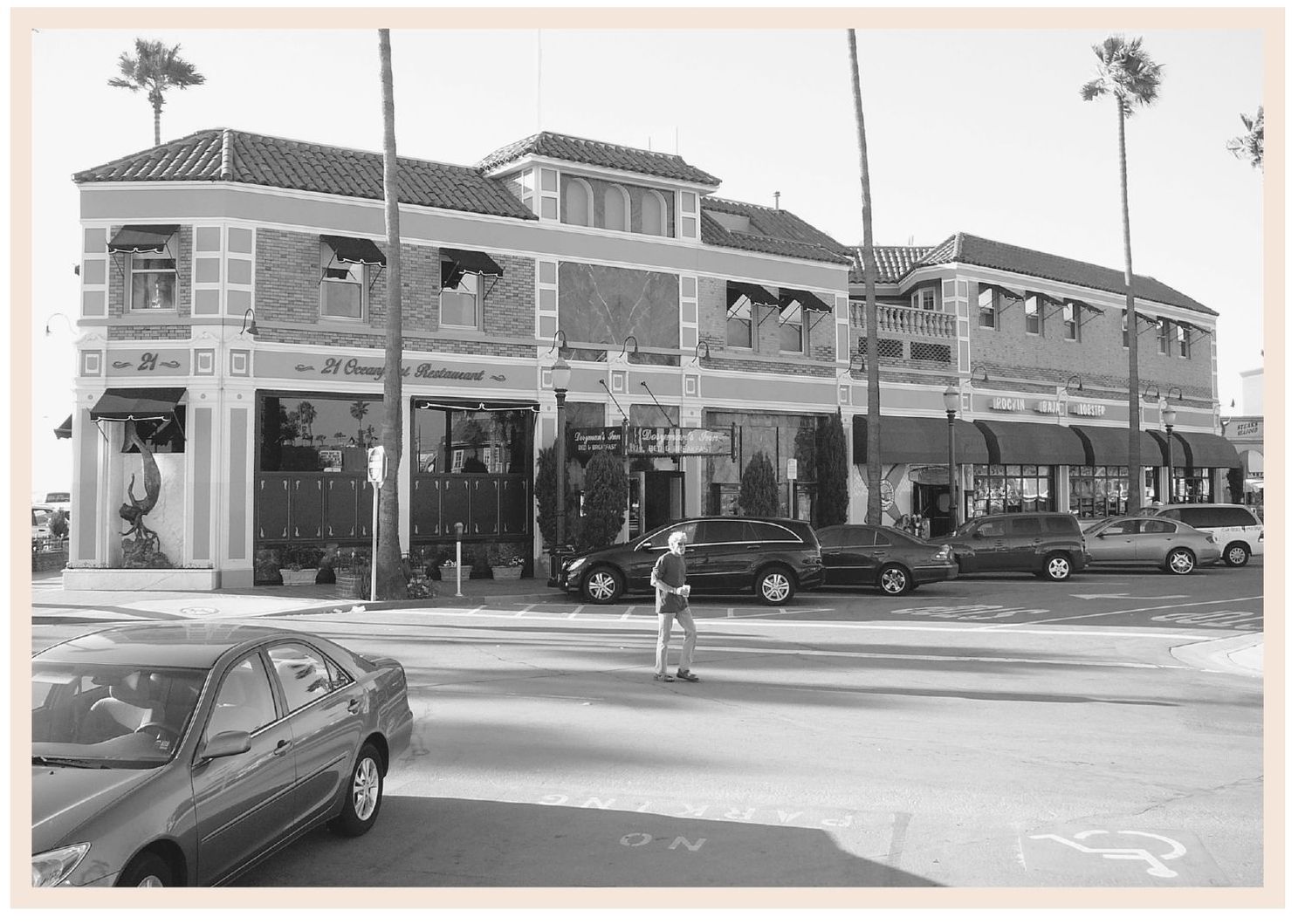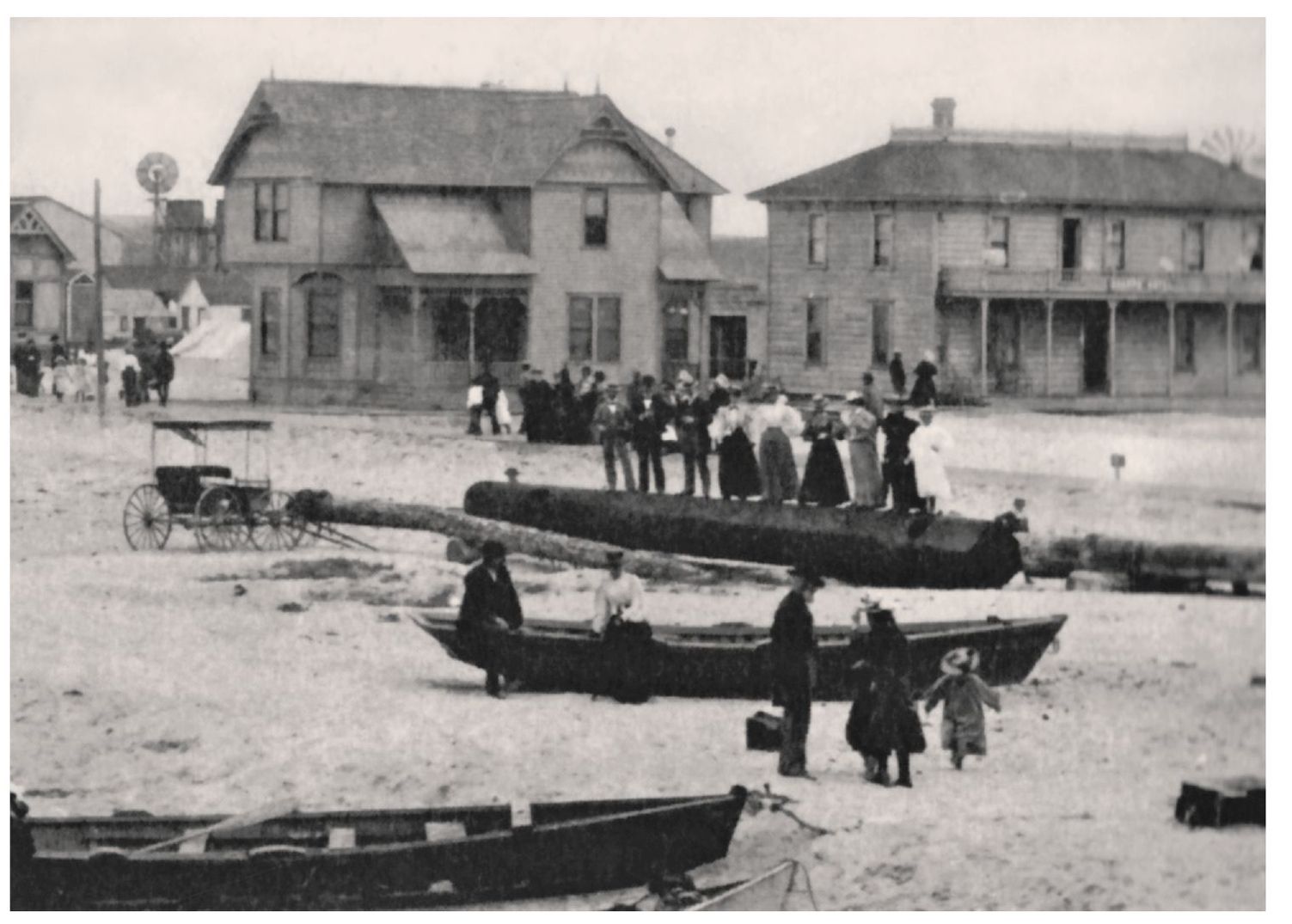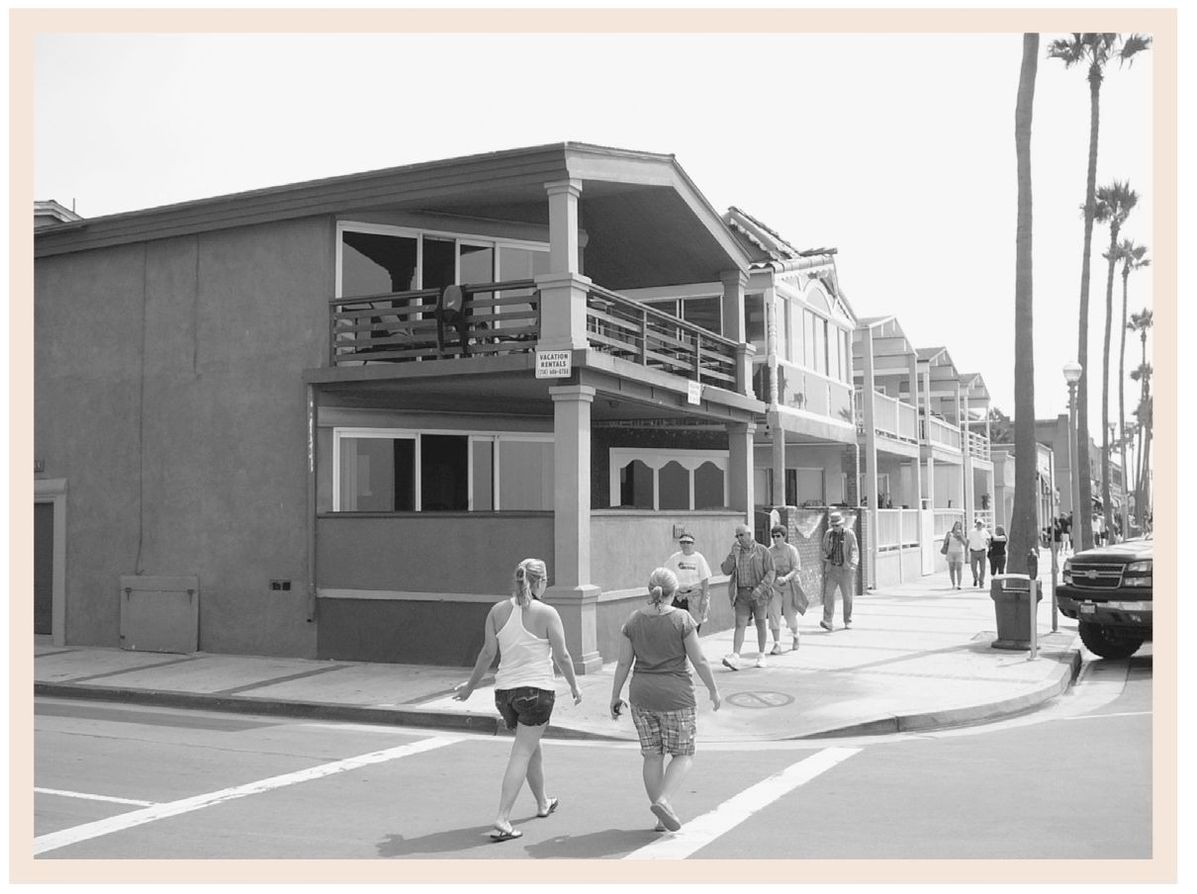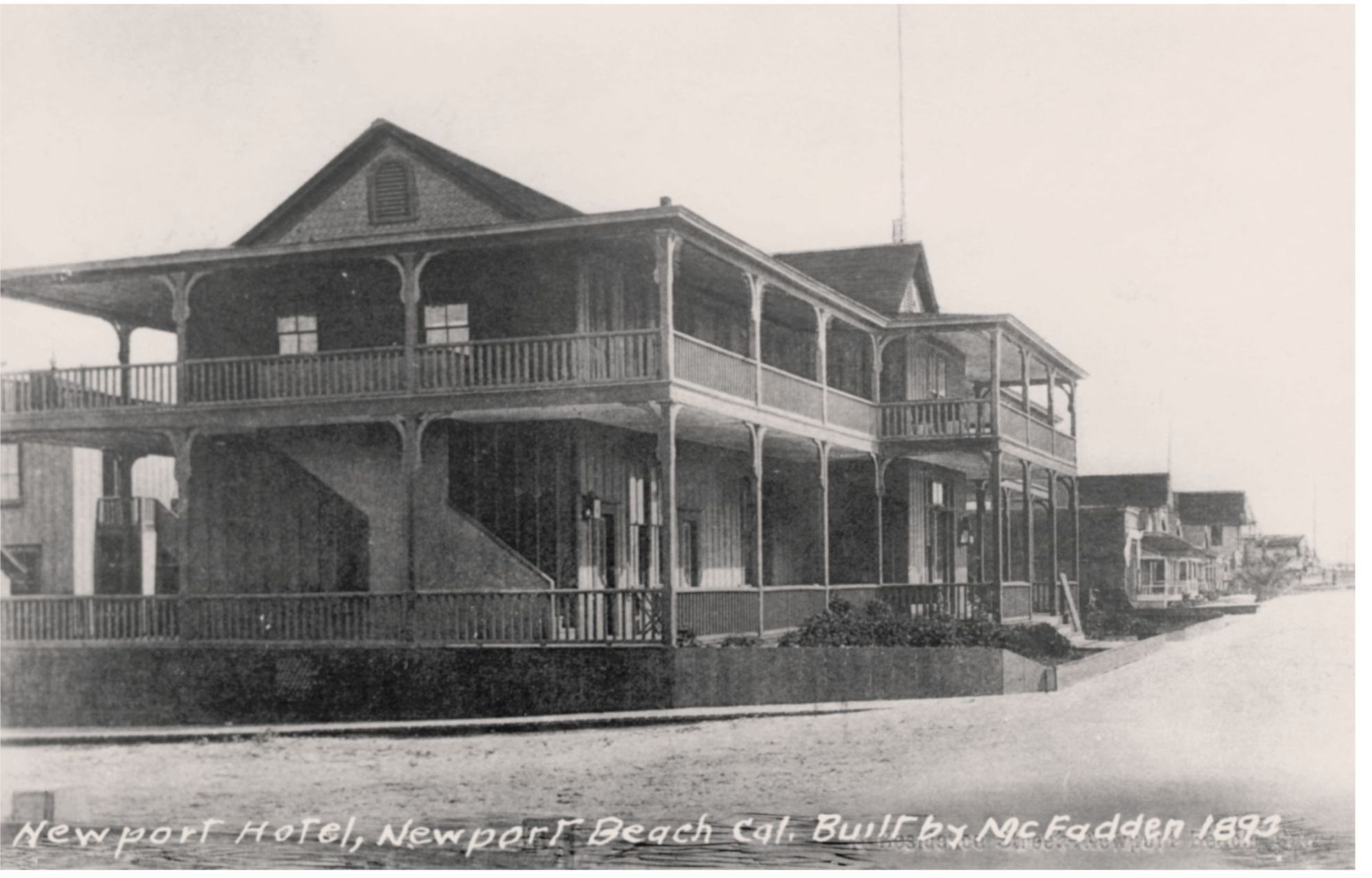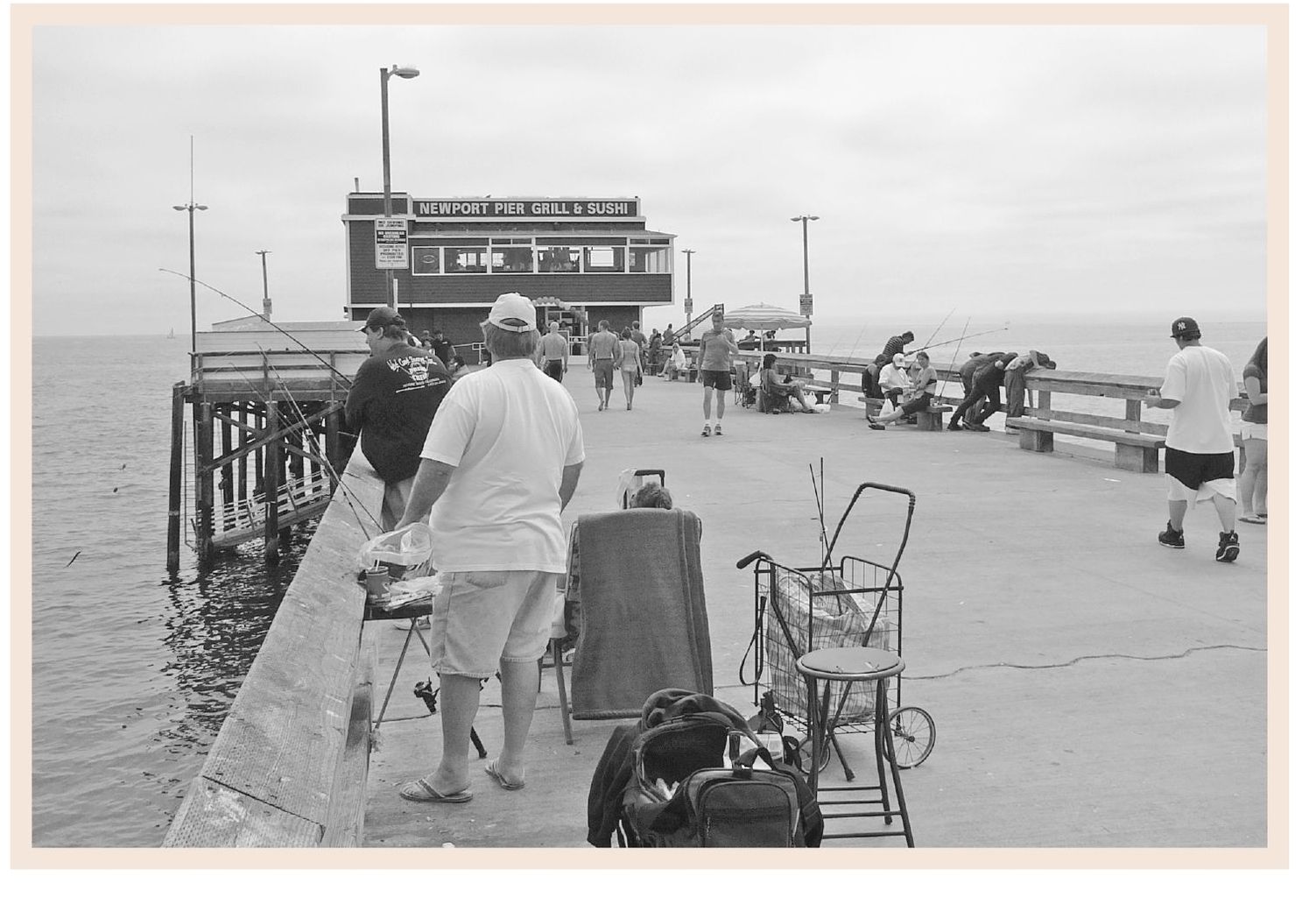ACKNOWLEDGMENTS
I would like to thank the following individuals and organizations for their generous contributions of photographs, historical knowledge, and support during the writing of this book: Bob Blankman and the First American Corporation, Jill Thrasher and the Sherman Library and Gardens, Craig Page and the Balboa Island Historical Society, Christopher Trela, and Gay Wassall- Kelly.
Thanks are certainly due to my editor, Debbie Seracini, and all the helpful people at Arcadia Publishing. This is my third go-round with Arcadia, and they are always highly professional and a pleasure to work with.
On a more personal level, I would like to thank my father-in-law, David Rucker, whose encyclopedic knowledge of automobiles has been vital in dating many of the images used in this book, as well as my previous two books about Newport Beach.This book would not have been possible without the patience and encouragement of my wife, Julie, and our son, William. Yes, William, daddy is done with his book now.
Lastly, I would like to thank you, the reader. While I hope this book is a worthy companion wherever you may be, perhaps curled up on your couch on a lazy afternoon, I highly encourage you to take it along on a walking tour of Newport Beach. That is the best way to witness what the years have stripped away and what hardy structures have weathered the test of time.
THEN IMAGE SOURCES
The First American Corporation provided the images on the following pages: 21, 27, 31, 32, 35, 36, 38, 41, 43, 44, 46, 52, 53, 54, 59, 60, 63, 65, 73, 74, 75, 77, 79, and 93.
Sherman Library and Gardens provided the images on the following pages: 13, 14, 23, 81, 85, and 86. Chris Trela provided the images for pages 39, 42, and 45.
Balboa Island Historical Society provided the images for pages 72 and 76. The author provided all other Then images.
NOw IMAGE SOURCES
Chris Trela provided the Now image on page 71.
The author provided all other Now images.
Find more books like this at
www.imagesofamerica.com
Search for your hometown history, your old
stomping grounds, and even your favorite sports team.
CHAPTER 1
MCFADDENS WHARF
The building of the Newport Railroad greatly increased the beachs popularity among inlanders seeking relief from the summer heat. In years prior, vacationers would drive down in wagons and camp along the beach, the best spots costing $8 per month. This image is from 1892.
The predecessor to this concrete bridge was a wooden wagon bridge, completed in August 1888. For the first time, horse-drawn vehicles and pedestrians crossed from the mainland to the isolated sandpit. Construction of McFaddens Wharf occurred the same year. Railroad construction was completed in 1891, and the 11-mile route from Newport to Santa Ana was open in January 1892. Passenger service started six months later. This image is from 1937.
In 1887, the McFaddens contracted Major Marner to construct the Newport Pier. It was completed the following year. Initially, its piles penetrated the ocean floor only eight feet. In 1892, a tremendous storm almost wrecked the structure, washing away 600 feet of the pier and three Santa Fe flatcars. The pier, rebuilt in two-months time, had a pile penetration of 15 feet.
The first train over the new railroad ran on January 12, 1892. While the McFaddens did not charge to ride on their railroad, the first agent of the railway, J.S. Smiley, charged passengers 25 a head for a short time to raise money to buy a chair for the empty railway office. The first ship to moor at the new pier was the Eureka , and she blew a blast of her whistle at midnight to signify the event.
In late 1892, the Sharps family dismantled this structure (right) at Capistrano Beach and had it hauled to Newport. May Sharps, famous for her fish dinners, ran the hotel, which acted as a boardinghouse for McFadden employees and other local residents. The hotel, seen here in 1899, operated for 18 years before burning down in 1910. The current structure was built in the early 1920s and is one of the most recognizable buildings in Newport.
Only open during the summer months, the Newport Hotel, built by McFadden in 1893 and shown here in 1912, entertained fashionable guests who enjoyed its large dining room. Visiting sea captains also favored the hotel, located west of the pier on the oceanfront. In April 1925, it sold at an auction (to be wrecked) at a cost of $400. Today, the corner is occupied by a private residence.
This photograph from December 21, 1892, shows the great McFadden Wharf in full operation during its decade as a shipping port. The wharf was .25 miles long, 60 feet wide at the outer end, and 19 feet above the water at high tide. In those days, fishermen and those looking for a stroll had to wait for Sundays when the railroad did not operate. For the last century, visitors have enjoyed the Newport Pier seven days a week.

